“It’s a wart,” he said. I could have hugged my GP, because those three words were the finest I’d ever heard.
I’d had it on my side for years, just below my left armpit. It was small and brown, so I’d assumed it was a bog-standard mole. And, as generally happens with skin blemishes in hard-to-reach places, because it never gave me any trouble, I was barely aware of it.
But, last year it started itching. A lot. It went dry and crusty, got bigger and started bleeding.
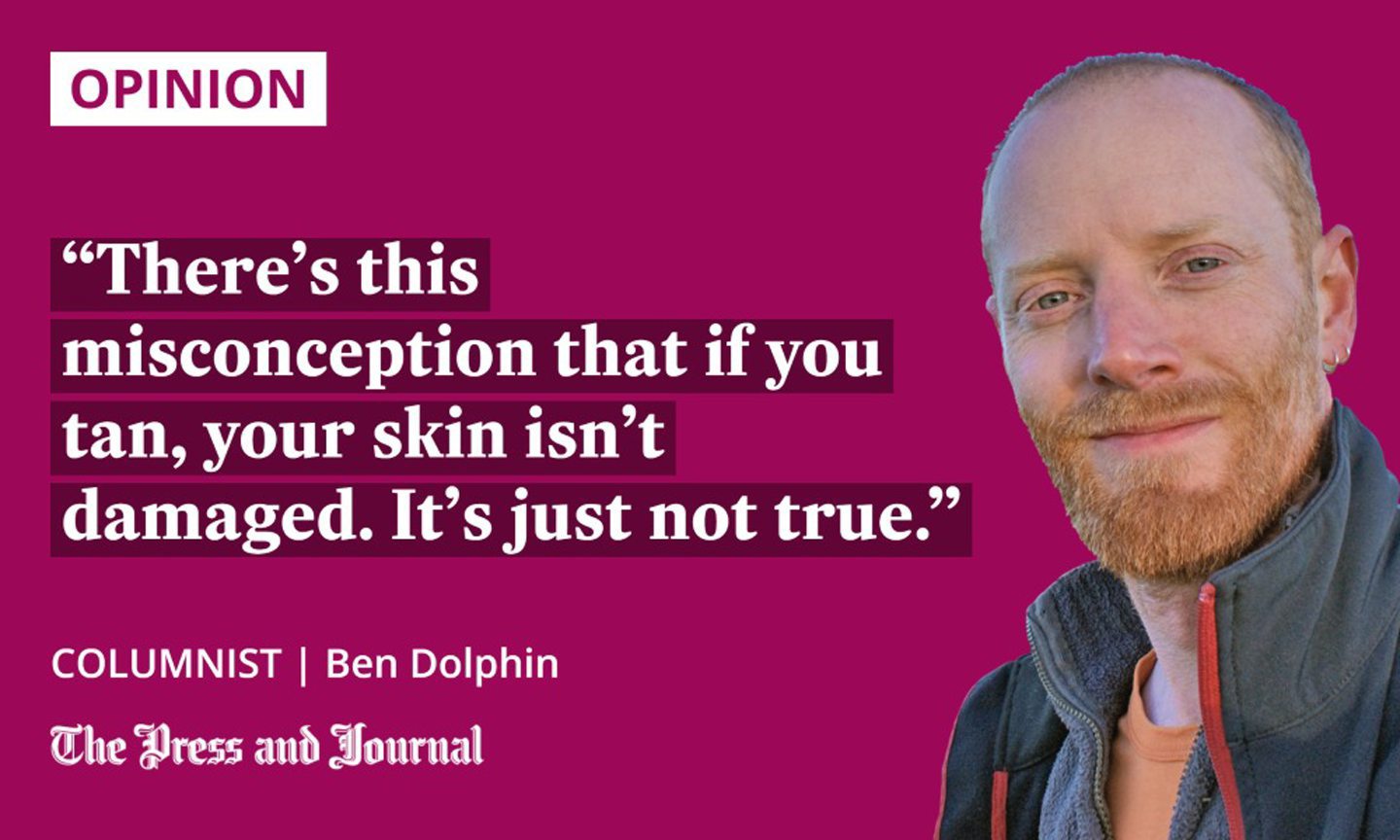
Naturally, I took the sensible precaution of consulting the doctor. No, not MY doctor. I mean Dr Google. Y’know, just to find terrifying images of skin cancer and give myself sleepless nights.
After weeks of obsessive checking and worrying, I finally saw my GP and, yep, it was a wart. A relief, yes, but, as a redhead, I remain vigilant, because the sun’s a constant threat, even in soggy Scotland.
Every sunburn poses a risk
Sunburn is radiation damage to our skin cells, including the DNA within them. The body responds by dilating the blood vessels and bringing white blood cells to the skin to remove the damaged cells and start repairs. This causes the familiar redness and inflammation.
But, not all damage can necessarily be repaired, and every burn compounds the problem. Damaged DNA can overwhelm a cell’s defences and cause it to grow out of control, in cancerous fashion.
I have a history of adolescent sunburn, with three burns in particular standing out. The first was in Cornwall, when the skin on my left foot got so comprehensively sunburned that the whole area peeled off in one go, including the toes.
I was so morbidly fascinated that I kept it for posterity, in a Kodak film canister. I remember being dismayed when I checked it months later, because it was just a crusty mass the size of a 10p. Kids, eh?
The second burn happened while playing table tennis outside a Malaysian hostel, where I was under thick cloud, but got burnt to a crisp regardless. The third (and worst) was due to omitting to put suncream on my shoulders in Bermuda. I subsequently developed massive, painful, puffy blisters.
That was in 1990 and, because they haven’t seen the light of day since, I probably have the shoulders of a 20-year-old. My bum is even younger, but the backs of my neck and hands? Easily those of a 60-year-old!
‘Oh, I’ll be fine’
Worryingly, a blistering sunburn in youth apparently doubles your chances of developing skin cancer, but simply having redhead genes means my skin already comes primed with the equivalent of 21 years of sun exposure compared with other complexions.
We all know what will happen if we stay in the sun all day without protection, but some folk seem to almost welcome it as a badge of honour
I genuinely can’t remember the last time I burned, though, much less peeled, because these days I do my best to avoid it.
I skulk in the shadows at outdoor events. I use sun cream (SPF 30 as a minimum) in the hills in winter, especially on snowy days when almost all the available ultraviolet radiation (UV) is reflected back up at you. And because 80% of UV rays penetrate cloud, I use sun cream on cloudy days in the spring, summer and autumn.
I’m regularly ridiculed for taking such precautions but, despite my vigilance, I know I can do better – I certainly don’t wear hats as frequently as I should.
However, I’m certainly doing more than most folk out there, especially those I met while working the Jubilee weekend – happy campers who cheerily chatted to me with burnt, beetroot-red faces. A colleague advised some cyclists to use sun cream on the Cairngorm plateau this weekend, but was dismissed with cheery nonchalance. “Oh, I’ll be fine.”
Seriously? In June? At 4,000 feet?
We all know what will happen if we stay in the sun all day without protection, but some folk seem to almost welcome it as a badge of honour. This bravado baffles me.
Sunburn is nothing to be proud of
And then there’s this misconception that if you tan, your skin isn’t damaged. It’s just not true.
If you tan, it’s because your skin is producing melanin, a pigment, to fend off the damage it knows is being caused by UV. Whether you burn or you tan, both cause cellular damage, and that damage is cumulative.
Sun cream obviously helps. It contains unpronounceable things like ethylhexyl methoxycinnamate and butyl methoxydibenzoylmethane, compounds that not only help you win Scrabble in a single move, but also absorb UV rays on behalf of your skin.
However, sun cream needs to be applied as more than just an inconvenient afterthought, thickly and carefully, and reapplied every two hours – because, even if you’re not in water or sweating, it quickly loses its potency.
Regardless, no sun cream can offer 100% protection from UV, so think before you head outdoors, check your skin regularly, and get anything weird or worrisome checked out.
Redhead or not, we can probably all do better.
Ben Dolphin is an outdoors enthusiast, countryside ranger and former president of Ramblers Scotland
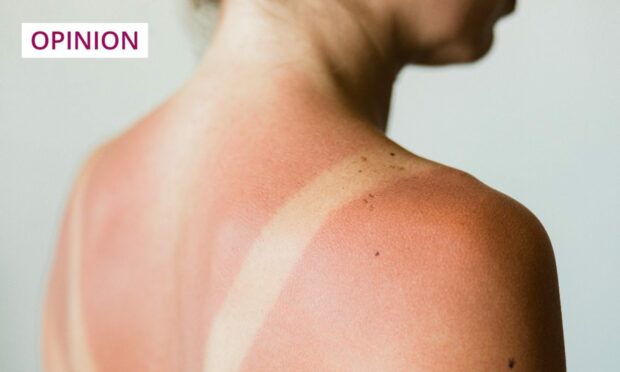
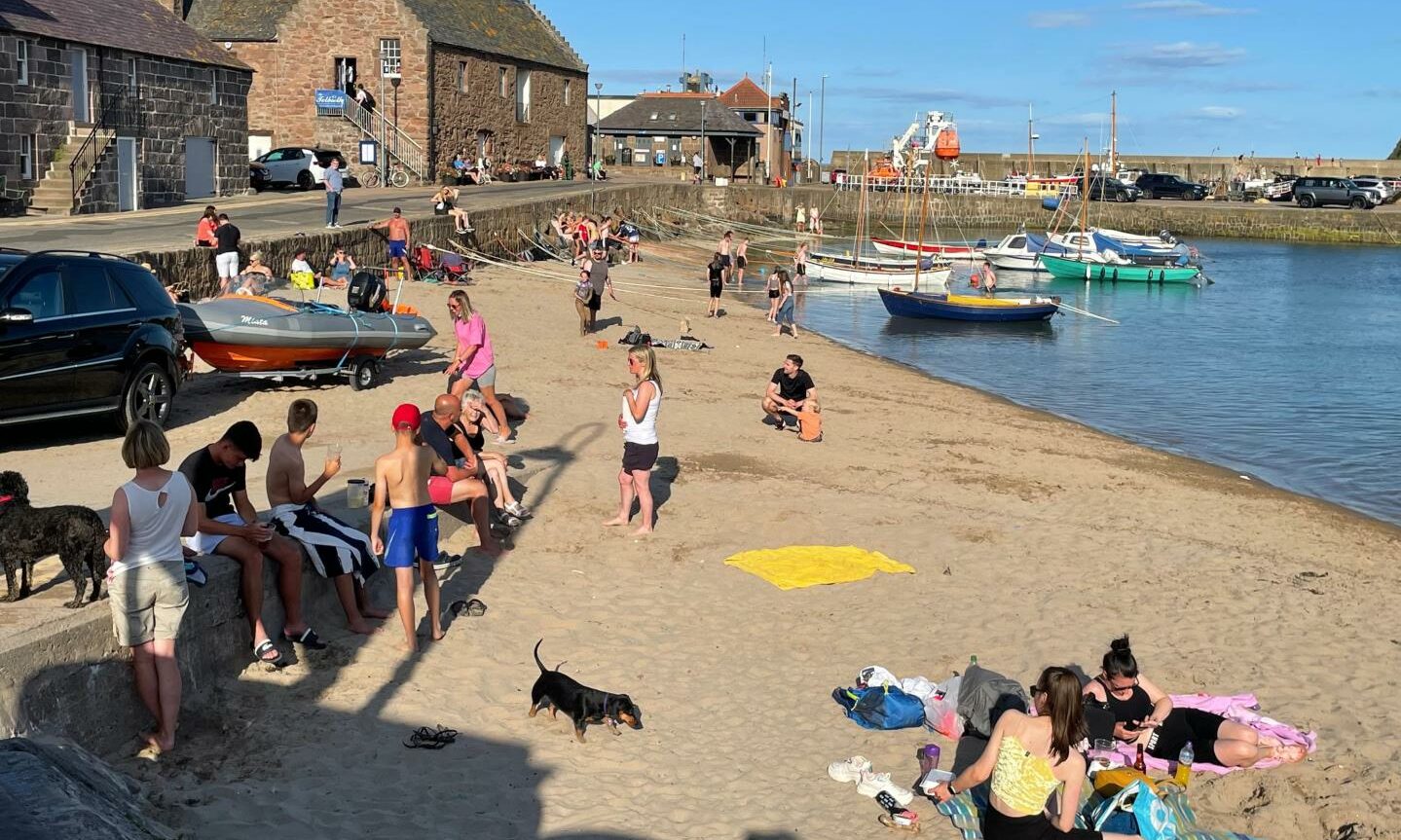
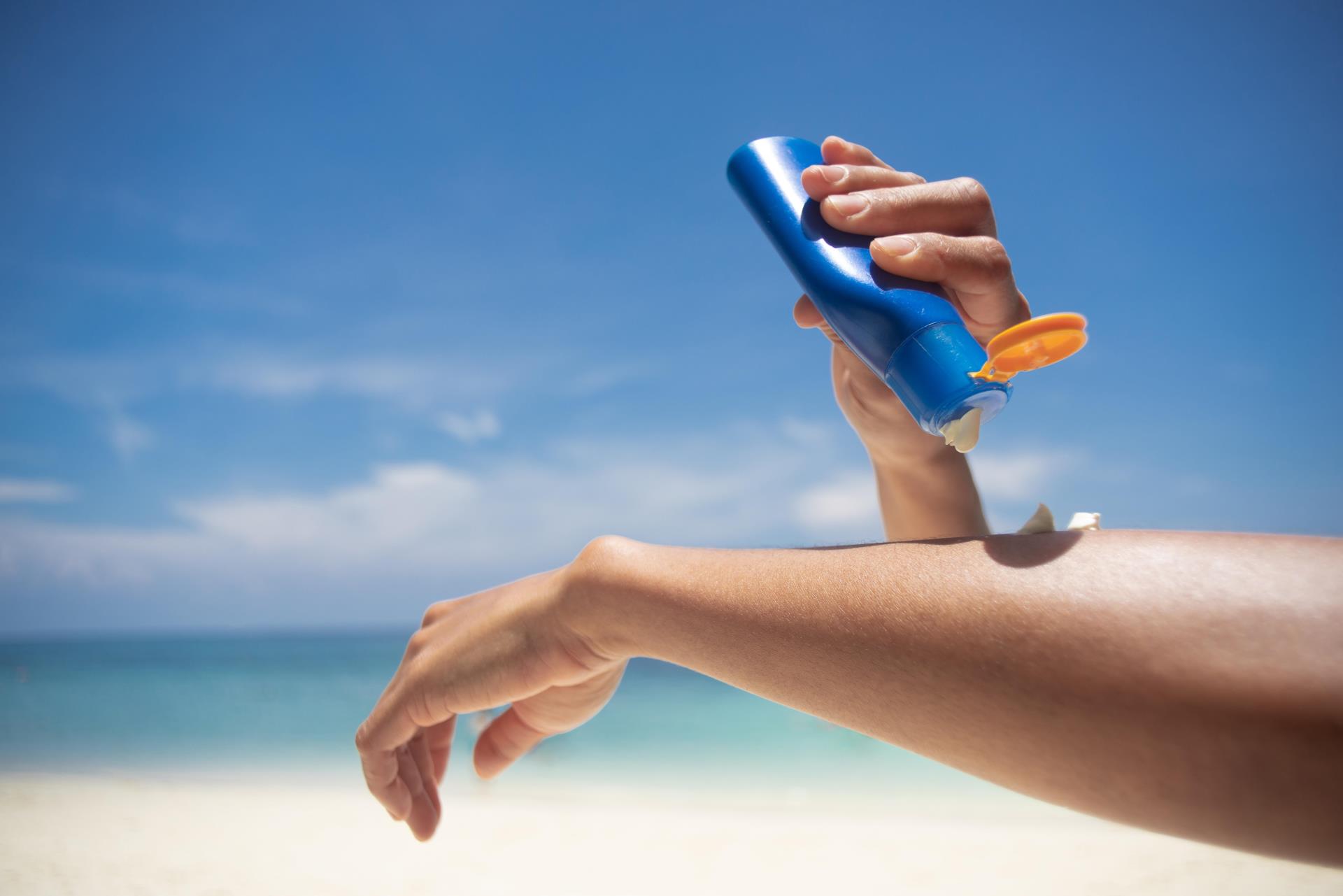
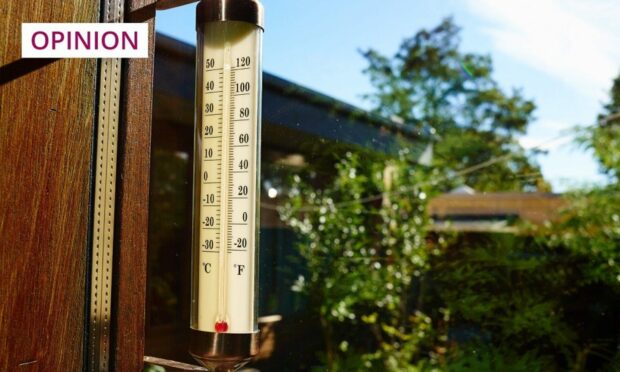

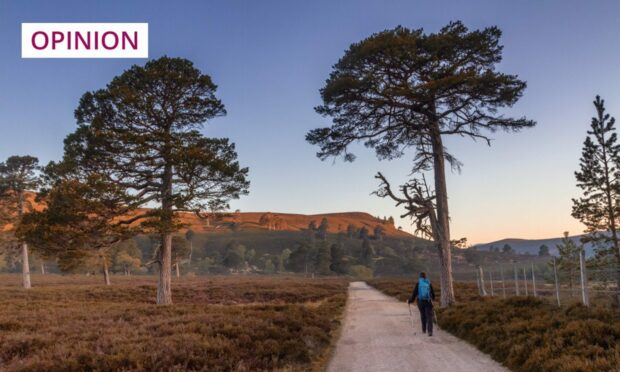
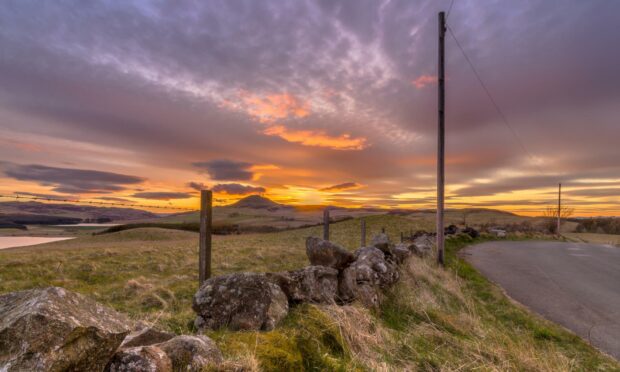
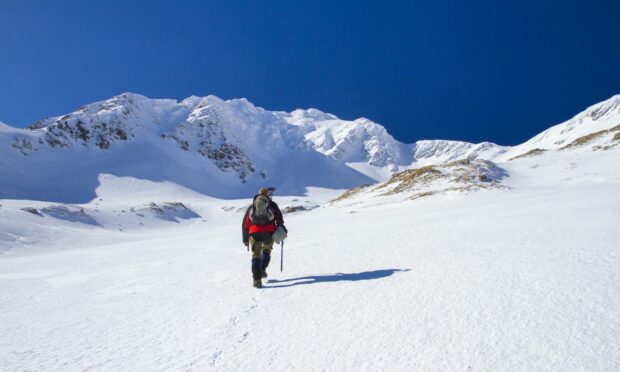










Conversation